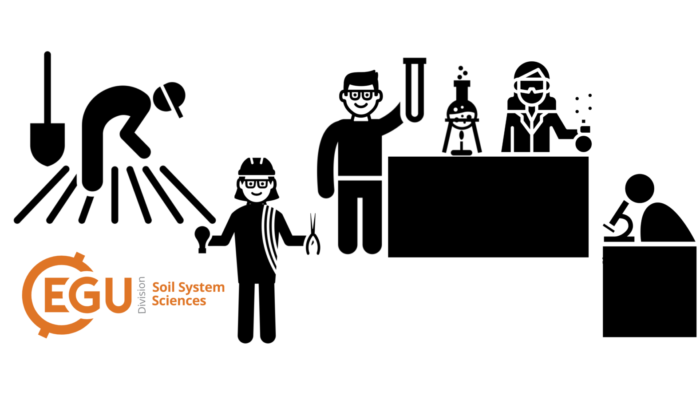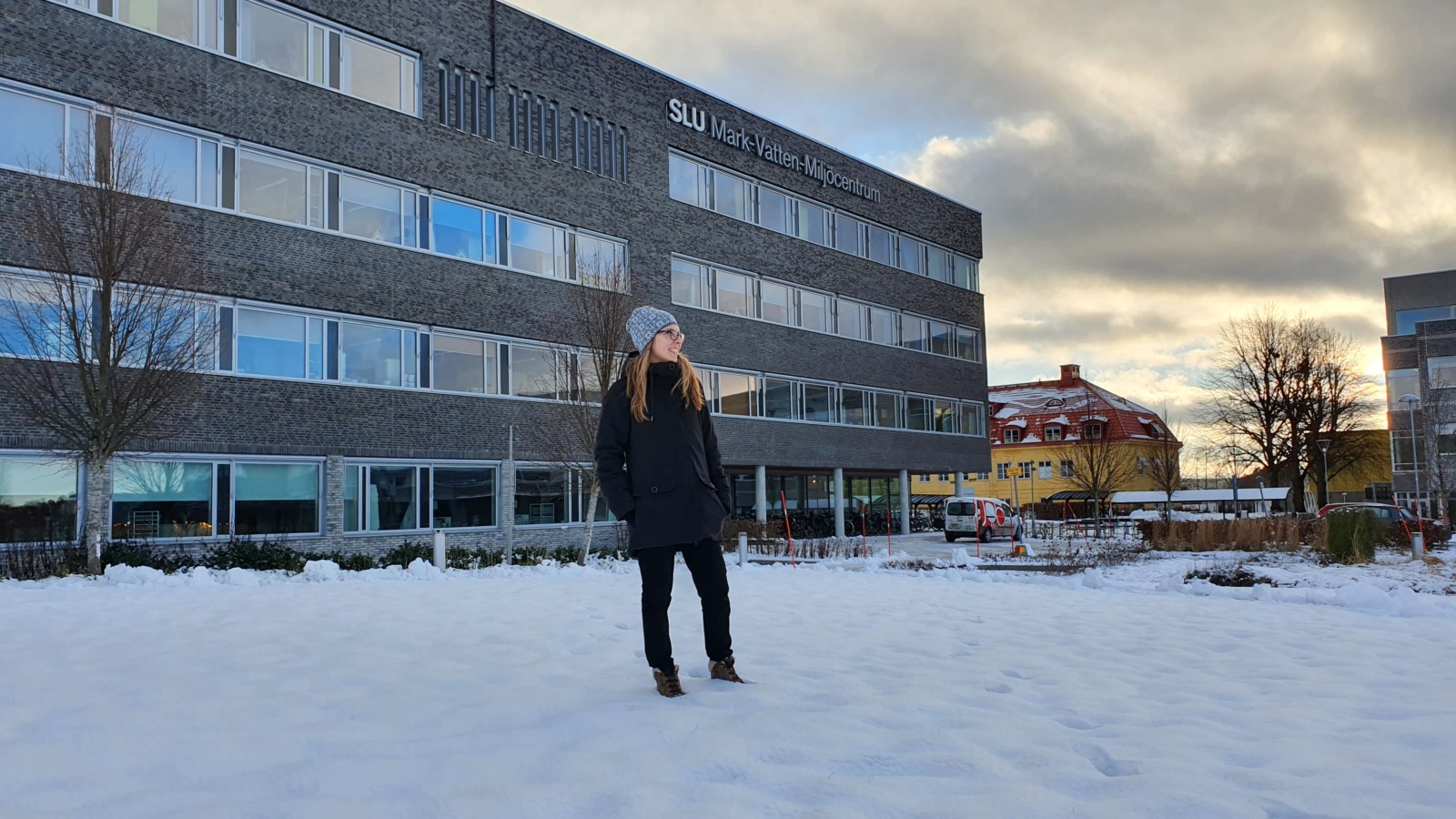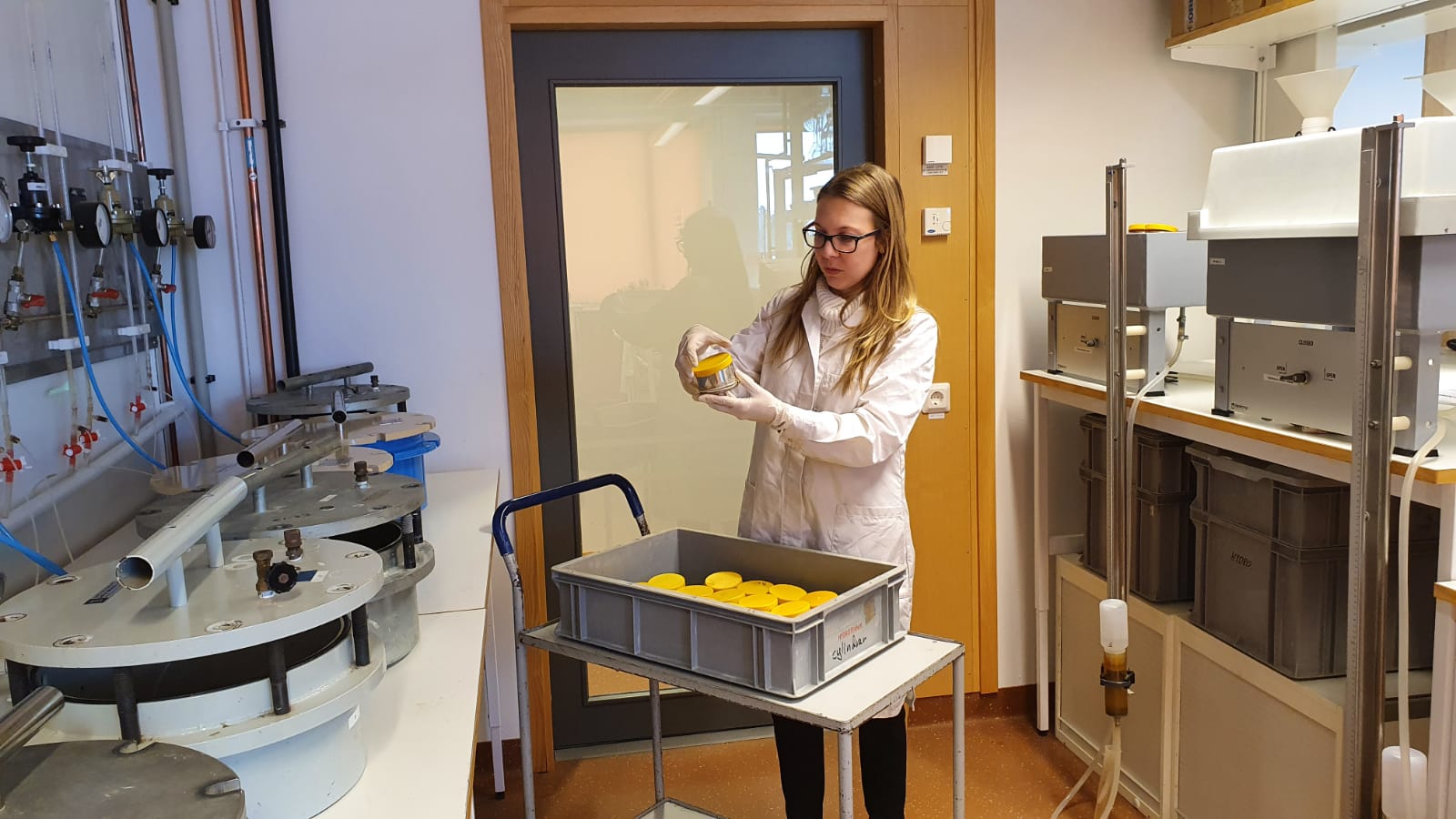
Let’s once again pause to celebrate the wonderful work carried out by technicians, laboratory assistants, and research support staff in soil science. This monthly blog post is our opportunity to thank these key individuals, and their tireless efforts to maintain our laboratories, carry out fieldwork, and make research happen!
You can read our previous conversations with a diverse range of soil science technicians here. Don’t forget that you can nominate a technician by emailing Daniel.L.Evans@cranfield.ac.uk
This month, we travelled to Sweden to sit down with Ana Maria Mingot Soriano, from the Swedish University of Agricultural Sciences.
Technician of the Month #7
Ana Maria Mingot Soriano – Swedish University of Agricultural Sciences
 Where are you based, Ana, and could you briefly explain your main responsibilities as a research technician?
Where are you based, Ana, and could you briefly explain your main responsibilities as a research technician?
I am currently working as laboratory engineer at the Soil Physics Laboratory at the Department of Soil and Environment in SLU. Here at the laboratory, I analyze soil samples to determine their physical properties, both in loose soils and in undisturbed soil samples. I receive samples mainly from researchers and students from SLU, but also from outside the university. This laboratory is a unique facility because it is the only soil physics laboratory in Sweden that offers analyses on texture, structure and pore water characteristic’s (hydraulic conductivity/ pF curves).
What made you want to be a research technician?
I think the job found me! I did the last courses for my studies as an exchange student from Spain here at SLU. There, I met the researchers that later employed me as their research assistant. They needed help in a research project that involved some measurements in the field and in the laboratory. That was only for a few months, and then those months became years. I worked on different projects, sometimes in the field, but mainly in the laboratory. At the same time, I was helping to do some routine analyses so I got familiar with all the methods. During those years, I learned more about soil and what a unique material it is. Moreover, the idea of managing an entire laboratory was exciting.
What would you say is the most exciting aspect about being a research technician in soil science?
The most exciting task is to transfer all the information from the samples that come from the field to the results that we send to the researchers that are in their offices. I think we are the connection between the field and the office, so it is very important that we understand the samples and their properties. At the same time, it is amazing to discuss with scientists about their samples and projects. One will always learn something new from them and their experience always helps me to improve in my job.
What would you say is the most challenging aspect of being a research technician in soil science?
For me the most challenging part is the organization of the whole laboratory and running all the steps at the same time. I am one person working in one laboratory so I have a complete overview of everything. I perform all the steps by myself including the communication with the researchers, the entire analyses, as well as compiling the results. I also do all the other tasks related to the laboratory like buying material and devices, organizing the tasks, and maintaining the devices. Additionally, soil is a challenging material. The samples will be always different, one can see it and sometimes smell it, or even hear it!
What is the one thing you wish soil scientists would do (or do more) when they work with technicians?
I think good communication is very important. It helps a lot when we receive all the information in a clear way and all at once. This is always important, whether it’s for a large or small group of samples, for one experiment or several.
Thanks, Ana for sharing your experience and highlighting the role of technicians in the transference of knowledge within the scientific community!
Edited by Dan Evans, Layla M. San-Emeterio and Olga Vindušková
References
[1] Featured image created by Olga Vindušková using icons created by Louis Prado, Adrien Coquet, ProSymbols, and iconixar, from Noun Project

